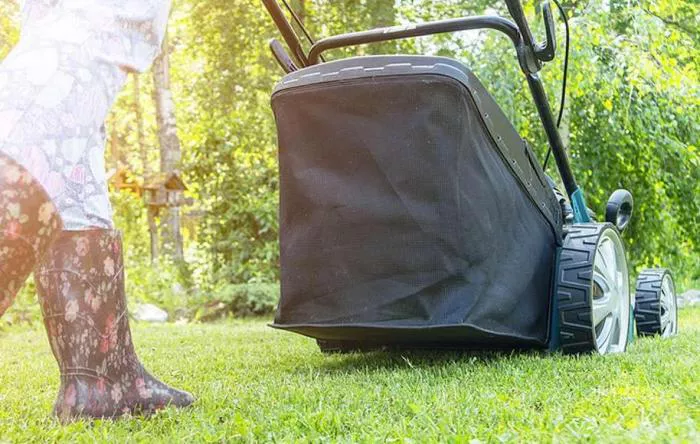Maintaining a pristine lawn requires more than just regular mowing—it demands the right techniques, tools, and knowledge. For beginners, navigating the world of lawn care can be overwhelming, from choosing the best mower to mastering essential maintenance practices. This guide breaks down the fundamentals, offering expert tips on mowing height, safety precautions, and seasonal care. Whether you’re tending to a small backyard or a sprawling yard, understanding the differences between commercial and residential mowers ensures the right investment. With proper watering, fertilization, and pest control, even novices can achieve a lush, healthy lawn. Let’s explore the key steps to transform your outdoor space.
Expert Advice for Maintaining a Healthy Lawn
For those new to lawn care, understanding the basics of mowing can make a significant difference in achieving a lush, well-kept yard. This guide covers key techniques, equipment selection, and maintenance practices to help beginners navigate their lawn care journey effectively.
Key Tips for First-Time Lawn Mowers
Selecting the right mower is crucial—options range from push mowers and self-propelled models to electric and riding mowers, each suited to different yard sizes and terrains. Regular maintenance, such as blade sharpening and oil checks, ensures optimal performance and longevity.
Mowing height matters: most grasses thrive when cut to 2.5–3 inches, encouraging deep root growth and weed suppression. Avoid mowing wet grass to prevent clumping and uneven cuts. Alternating mowing patterns reduces soil compaction, while sharp blades deliver cleaner cuts for faster grass recovery.
Safety should never be overlooked. Protective gear like gloves, long pants, and sturdy footwear is essential, as is adhering to manufacturer safety guidelines.
Advanced Lawn Care Techniques
Identifying grass type determines mowing height and care routines. Growth rates vary with climate and fertilization, requiring flexible mowing schedules. Overseeding fills bare patches but demands precise timing for germination success.
Fertilization, tailored to grass and soil needs, sustains lawn health. Deep, infrequent watering promotes root strength over shallow sprinkling. Weed and pest control relies on consistent mowing, fertilization, and targeted treatments when necessary.
Aeration and dethatching improve soil access to air and nutrients. Aeration is recommended annually, while dethatching removes dead debris that hinders growth.
Choosing Between Commercial and Residential Mowers
Yard size, terrain, and frequency of use dictate whether a commercial or residential mower is ideal. Commercial models excel in large or rugged areas but come at a higher cost. Residential mowers suit smaller, flat lawns and are budget-friendly.
Electric mowers offer eco-friendly operation for small spaces, while gas-powered models provide mobility for larger properties. Detailed comparisons in buying guides can further inform decisions.
By combining the right equipment with proper techniques, beginners can cultivate vibrant lawns. Prioritize safety, maintenance, and adaptive care for lasting results.

